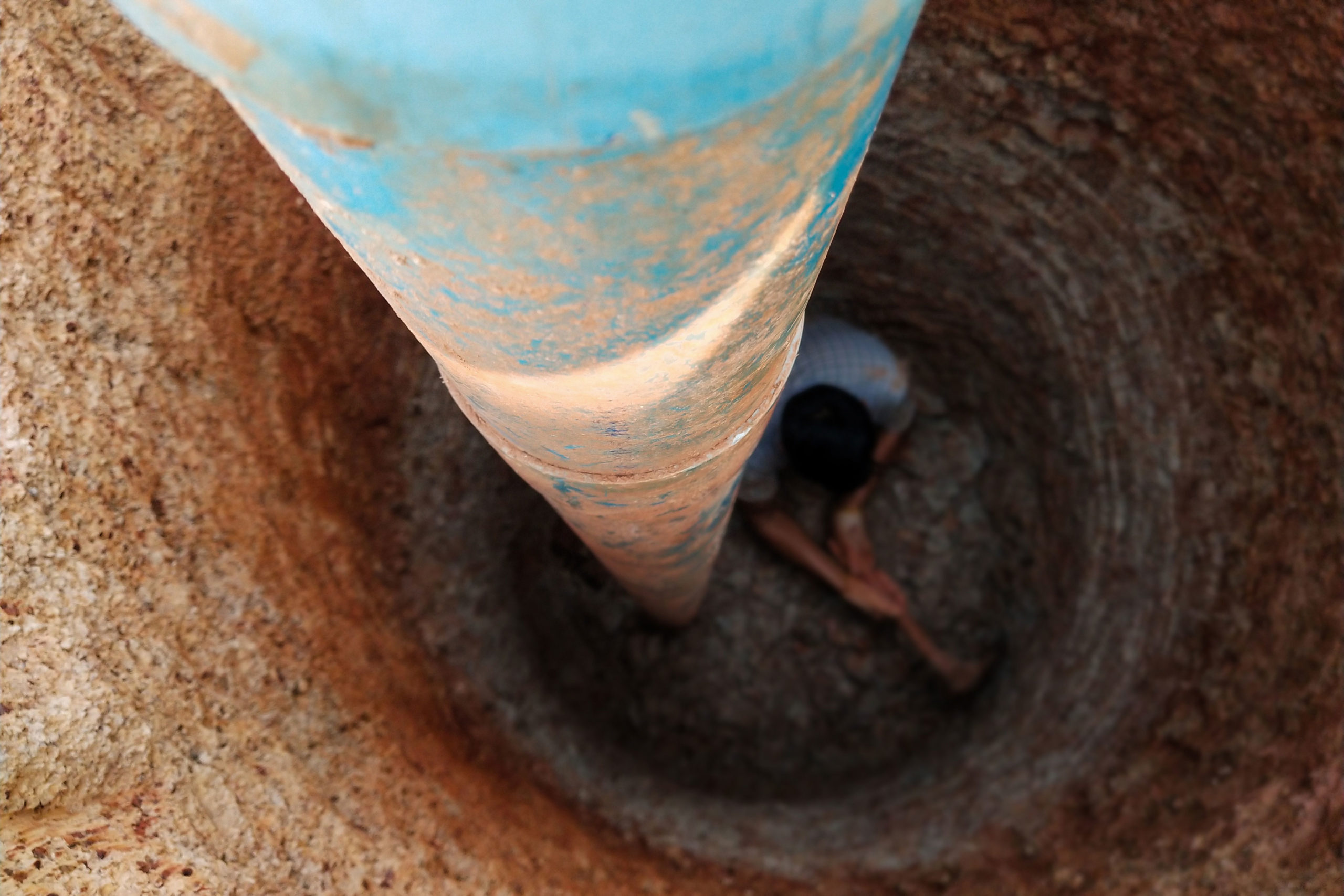A journey into finite bounds of groundwater & sustainable land management
Groundwater is an important water source in Australia for a wide range of purposes, including agricultural irrigation practices which account for just over half of all groundwater used by Australians.
With our highly variable surface water supply and decreasing rainfall across large parts of the continent, groundwater resources are increasingly becoming a lifeline for many Australian communities and industries. As a finite resource, land managers must apply a science-based approach to inform decision-making around groundwater resource usage and long-term management.
Protection of our groundwater-dependant assets and ecosystems is a central focus to Cultivate’s land and animal management practices. As caretakers of our assets for the benefit of future generations, we are continually investigating ways effective groundwater management can help our water-dependent land and cattle assets become more drought resilient.
We reached out to President of Catalyst Environmental Solutions Dr Daniel Tormey, based California where groundwater as a resource, comprises 99% of the water used for agricultural irrigation. Dr Tormey conducts environmental reviews for both government and industry in areas of water resources development, environmental policy including evolving strategies for climate change, oil and gas, and power systems and being a true expert in the field, we thought we would share his insights.

Q&A with Dr. Dan Tormey
Q: Can mineral levels and changes to mineral levels act as a beacon to groundwater reserves?
Yes, we frequently use indicator compounds to provide an early warning of potential water quality degradation before it happens.
In the world of oil and gas, there can be beneficial use of the produced water, injection of the produced water into subsurface formation, and accident conditions that lead to the release of produced water to aquifers. For oil and gas produced waters, they tend to be high in chloride and boron compared to other waters with high total dissolved solids. These compounds are easy and inexpensive to measure and quite reliable. For agricultural operations, nitrogen compounds make an excellent beacon for potential degradation of groundwater reserves. Commonly, groundwater monitor wells would be installed and tested regularly (at least 1-2 times per year) for the indicator compounds. We have advised on several cases where the implementation of an early warning such as this led to the identification of a threat to groundwater quality and fixing the problem before any loss of groundwater reserves.

Q: Can policy protect the overexploitation of registered wells?
Yes. In California, our groundwater supplies are increasingly at risk by several factors, both natural and human-made.
In response, state policy (the Sustainable Groundwater Management Act, or SGMA) now requires the formation of groundwater user groups into SGMA authorities, with a requirement to portion water rights sustainably. The rights can then be sold or transferred as new users enter the groundwater basin. Before SGMA, overexploitation of groundwater would lead to the loss of productivity from some supply wells; these parties would sue the party over pumping, and the court would decide an equitable, sustainable, split of the water. This process is known as adjudication. SGMA applies to un-adjudicated basins and seeks to have collaborative solutions developed without the need for legal intervention.
Q: How can a primary producer assess the water flows required to sustain an ecosystem?
Flows required to sustain an ecosystem are forward-looking projections. They are best done by a numerical model grounded in measured data, ideally measured data from a period of time that includes extremes of water availability. The model would focus on the part of the ecosystem that is of interest.
For groundwater, the question is typically “how do I manage this volume of water in a way that my withdrawals of water are recharged by subsequent wet years”. In some cases, there is also concern related to the subsurface ecosystem of stygofauna. This faunal assemblage lives in the saturated subsurface soils. If groundwater is in communication with surface water, the ecosystem can be more complex and include life in rivers, and in the zone between rivers and groundwater (the hyporheic zone). In this case, flows can be set to provide the required minimum levels for life in the surface water (which may be for suitable living space in pools, adequate flows to flush spawning gravels of fines, etc.). Flows can also be set to determine the required high flow levels to maintain a proper functioning stream or recreational flows.
For groundwater to contribute to sustainable agricultural practices

Q: How do we decide where to invest in groundwater development?
Surface water sources tend to be less expensive to support agriculture
Still, they can be much more episodic (drought-flood cycle) and more controversial in terms of support for protected species in the streams. Groundwater is a good choice in areas that need a more reliable supply of water with fewer concerns related to surface ecosystems. Groundwater recharge can be enhanced above natural levels by infiltration programs, including improved stormwater management of overland flows. Areas that are conducive to these conjunctive use methods (managing both surface water and groundwater together) are good candidates for investment in groundwater development.
Q: How do we sustainably manage groundwater resources?
First, we need to understand the resource.
How permeable are the aquifer materials?
How deep do the freshwater sources extend?
How much recharge from surface sources occurs through drought and flood cycles?
What threats to water quality are there?
Second, we need to understand the demand. Both annually, and in terms of essential versus interruptible demand (that is, some users may only have their demand serviced in wet years, and get little or nothing in dry years).
Third, these two need to be brought together in the policy arena to either collaboratively come to a sustainable level of withdrawals and apportionment of those among users in the Basin (like California’s SGMA program), or through legislative or legal policy tools.
For more insights and information into Dr Dan Tormey or Catalyst Environmental Solutions go to www.ce.solutions